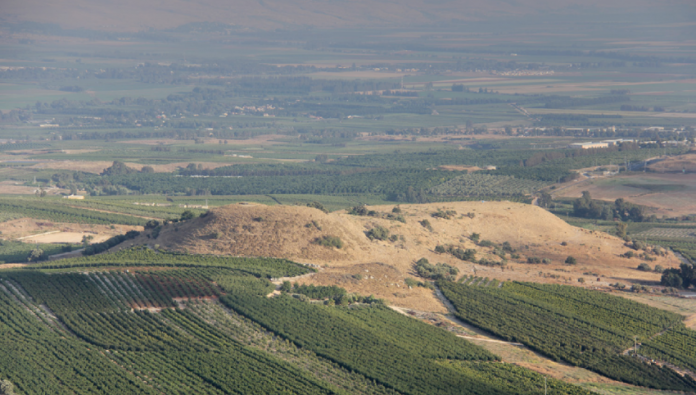The views expressed in this commentary do not necessarily reflect those of BCNN1. Opinions expressed are solely those of the author(s).
Stop me if this sounds familiar: Archaeologists digging in Israel discover artifacts buried for about three millennia. Upon close examination, their find either confirms the biblical narrative or at least undermines a long-accepted dismissal of a biblical claim.
Okay, don’t stop me. After all, it won’t matter if you try, because I never get tired of telling stories like these.
Archaeologists from Azusa Pacific University and Hebrew University excavating at Tel Abel Beth Maacah (a 3,000 year old site about four miles west of Dan, which is as far north as you can go and still be in Israel) found a room dating back to the ninth century before Christ “that contained broken jars.”
That may not sound particularly exciting or newsworthy, but stay with me here.
During the reign of King Ahab, Abel Beth Maacah was where the kingdoms of Israel, Aram, and Phoenicia met. The city is mentioned in 2 Samuel 20 as a “city that is a mother in Israel” and part of “the Lord’s inheritance.” Now, some scholars have disputed that Abel Beth Maacah was an Israelite city, as the Bible claims. In their reckoning, the biblical authors were “reading back” subsequent events to more ancient history.
However, some of the jars contained residues that suggested that the room was “an ancient wine cellar,” and at least one of the jars had an inscription which was so faint that it required special equipment to see it. The inscription read “lbnayo,” which means “belongs to Benjamin.”
“Benjamin? Benjamin who?” you might ask. “Who cares?” Well, the important detail here is that the inscription was written in Hebrew.
As Biblical Archaeology Review put it, this finding suggests “that Abel Beth Maacah was an Israelite city at the time when Ahab was the Israelite King.”
Obviously, it’s important to be cautious and not over-interpret the data here. The field of biblical archaeology, and archaeology in general, is a human endeavor subject to human failings like most other areas of study. Sloppiness, bias, fraud, or simple good-faith errors can lead to flawed interpretation of findings. Caution is advised.
Unfortunately, what has long passed for caution in archaeology is what would be better identified as a “hermeneutics of suspicion.” In other words, there is often a taken-for-granted assumption that the Bible can’t be trusted. Because it deals with religion and morality, it must be exaggerating, if not outright lying on its historical claims.
SOURCE: Christian Post, John Stonestreet and Roberto Rivera
All Content & Images are provided by the acknowledged source
